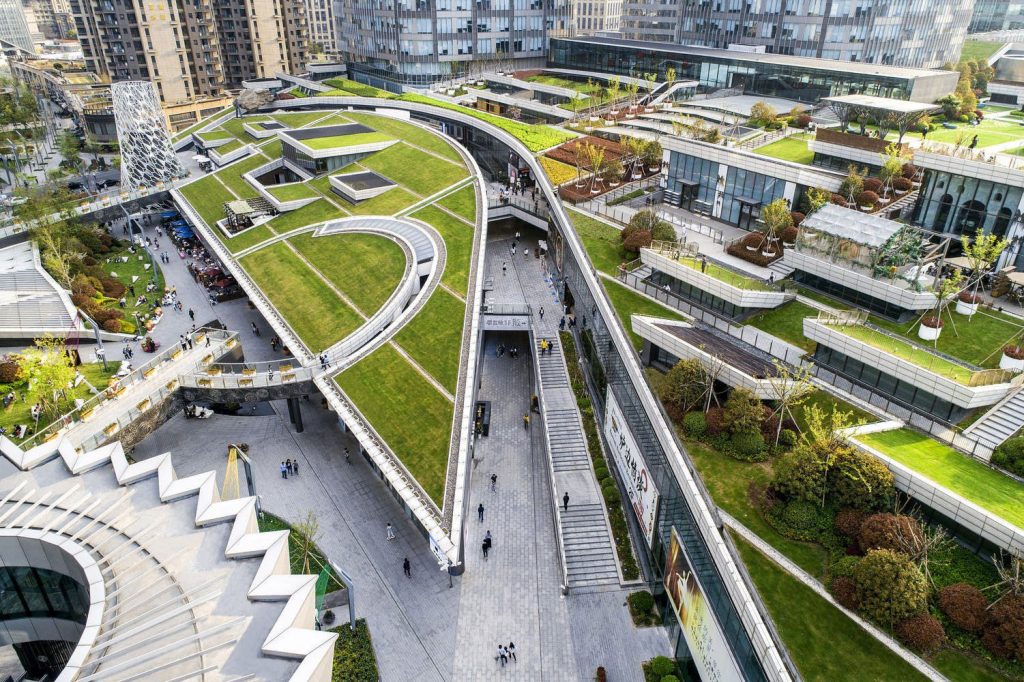From electric buses to pollution-sucking urban gardens, cities around the world are experimenting with ways to ensure global climate goals are met, as they account for about three-quarters of planet-warming emissions, according to the United Nations.
Here are seven award-winning initiatives to make cities greener, announced by the C40 network of cities tackling climate change on Thursday:
1. MEDELLIN, Colombia – Colombia’s second city has invested more than $16 million to plant almost 9,000 trees to form 30 “green corridors” across the city since 2016. Besides capturing pollution, the plants have helped reduce average temperatures in the city by 2 degrees Celsius (3.6 Fahrenheit) and increased biodiversity, providing friendly habitats for animals.
2. ACCRA, Ghana – Since 2016, Accra has been working with more than 600 informal refuse collectors, who used to dump rubbish that was burned at illegal open-air sites, causing pollution. More waste is now being collected, recycled and disposed of safely.
3. KOLKATA, India – Kolkata is planning to have its entire 5,000-strong bus fleet, as well as ferries crossing the Ganges River, run on electricity by 2030. It has bought 80 electric buses and plans to add another 100 next year.
4. LONDON, United Kingdom – London introduced the world’s first Ultra Low Emission Zone in 2019, requiring all vehicles passing through the city centre to meet strict emissions standards or pay a fee. Within months, the number of more polluting vehicles fell by a third as people were pushed to walk, cycle or use public transport.
5. SAN FRANCISCO, United States – San Francisco’s CleanPowerSF programme allows residents to get their electricity completely or in large part from renewable sources at competitive rates. The city hopes this will help it achieve a goal of reducing greenhouse gas emissions by 40% by 2025.
6. GUANGZHOU, China – Since 2017, Guangzhou has invested $2.1 billion to convert its entire fleet of 11,220 buses to run on electricity and installed some 4,000 charging stations to power them. This has reduced air pollution and noise as well as the city’s transport system operational costs.
7. SEOUL, South Korea – Seoul has subsidised the installation of solar panels on balconies and rooftops of 1 million homes since 2017, as well as city buildings like schools and parking lots. The city hopes to produce up to 1 GW of solar energy – equal to that generated by a nuclear reactor – by 2022.






